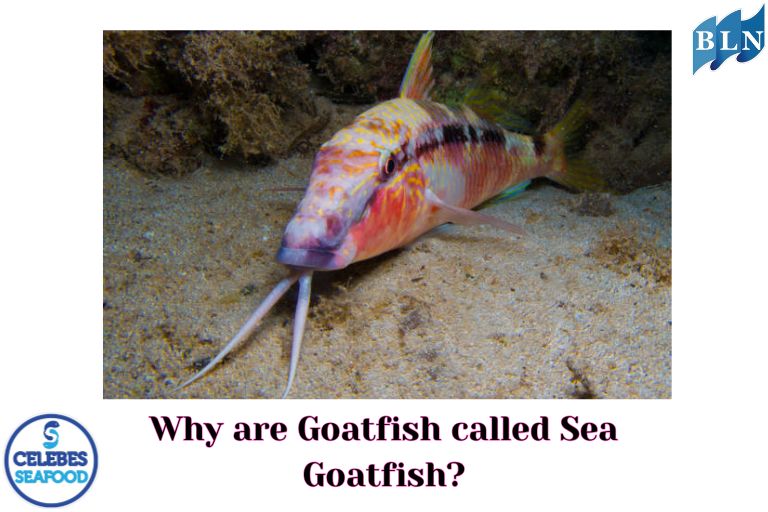The Devastating Impact of Bottom Trawling on Seafloor Habitats: A Hidden Threat to Makassar's Coastal Ecosystems
By. Tri - 21 Apr 2025.jpg)
lautnusantara.com_ Bottom trawling, while an effective fishing method, unfortunately poses a significant threat to the sustainability of marine ecosystems, particularly seafloor habitats. Its operation, which involves dragging heavy nets across the seabed, can cause substantial physical damage to habitat structures, benthic communities, and other crucial ecological functions. This article aims to delve deeper into the destructive impacts of bottom trawling on seafloor habitats, specifically within the coastal areas of Makassar, renowned for their rich marine biodiversity. Through a review of literature and potential observations, this article highlights the critical need for responsible fisheries management and the implementation of more environmentally friendly alternative fishing gears to safeguard the preservation of Makassar's marine ecosystems.
Makassar, a prominent center for fisheries activities in South Sulawesi, boasts abundant marine resources. However, intense exploitation pressures, including the use of destructive fishing gear like bottom trawls, pose a real threat to the sustainability of its coastal ecosystems. Bottom trawls, with their cone-shaped net design dragged by vessels, are known for their effectiveness in capturing various demersal fish species and other marine life inhabiting or near the seabed. Nevertheless, this fishing method is unselective and has significant physical impacts on the seafloor.
Seafloor habitats, such as coral reefs, seagrass beds, and muddy or sandy areas, form a vital foundation for marine life. The physical structure of these habitats provides shelter, foraging grounds, and breeding areas for a diverse range of organisms. Damage to these habitats not only directly threatens populations of marine life but also disrupts food chains and the overall ecological balance. This article will further explore the mechanisms of seafloor habitat destruction caused by bottom trawling operations, focusing on the potential impacts within the coastal region of Makassar.
Mechanisms of Seafloor Habitat Destruction by Bottom Trawling
The operation of bottom trawls involves dragging heavy nets along the seabed. This process causes various forms of physical damage, including:
- Abrasion and Destruction of Physical Structures: The weight of the net, sinkers, and otter boards can crush fragile habitat structures such as coral reefs and seagrass meadows. Branching corals can be broken, and the roots and leaves of seagrass can be uprooted.
- Sediment Resuspension: Dragging the net stirs up the sediment layers on the seabed, increasing water turbidity. This increased turbidity can hinder sunlight penetration essential for the photosynthesis of algae and seagrass, as well as interfere with the feeding mechanisms of filter-feeding organisms.
- Sediment Compaction: The pressure from repeatedly dragged nets can compact the sediment, reducing its porosity and oxygen content. This condition can inhibit the growth and survival of benthic organisms living within the sediment.
- Removal and Damage of Benthic Communities: Benthic organisms, such as worms, mollusks, crustaceans, and echinoderms that live on the seabed, are a crucial food source for many demersal fish species. Bottom trawling directly removes and damages these communities, reducing the availability of food for target fish and other marine life.
- Alteration of Seafloor Topography: Long-term dragging of nets can alter the topography of the seabed, flattening complex structures that are important as shelter and spawning grounds for various species.
Potential Impacts in the Coastal Areas of Makassar
The coastal areas of Makassar are known for their diverse marine ecosystems, including coral reef areas which, although not as extensive as other regions in Indonesia, play a significant ecological role. Seagrass beds are also distributed in several areas and are vital as nursery grounds for various fish and other marine life. Uncontrolled bottom trawling operations in this region have the potential to cause detrimental impacts:
- Damage to Coral Reefs: Although perhaps not the primary target, dragging bottom trawls near or even over coral reef areas can cause significant physical damage, destroying coral structures and reducing biodiversity.
- Degradation of Seagrass Beds: Seagrass beds, which serve as important habitats for various species, are vulnerable to damage from net dragging, which can uproot seagrass plants and disrupt their ecological functions.
- Decline in Demersal Fish Populations: The continuous removal of benthic organisms by bottom trawls can lead to a decline in the populations of demersal fish that are the main target, as well as other non-target species.
- Disruption of Food Chains: Damage to benthic communities as a food source will impact the entire food chain within the ecosystem.
- Long-Term Decline in Fisheries Productivity: Damage to seafloor habitats will reduce the ecosystem's ability to support healthy fish populations, which will ultimately negatively impact long-term fisheries productivity.
Management Efforts and More Sustainable Alternatives
Recognizing the destructive impacts of bottom trawling, more responsible and sustainable fisheries management efforts are necessary. Several steps that can be considered in the coastal areas of Makassar include:
- Zoning of Fishing Areas: Establishing no-trawling zones in sensitive areas such as coral reefs and seagrass beds.
- Strict Monitoring and Law Enforcement: Enhancing surveillance of fishing activities and strictly enforcing violations of bottom trawling in prohibited zones.
- Promotion and Support of More Selective and Environmentally Friendly Fishing Gear: Encouraging the use of traditional fishing gear that has proven its sustainability or modern fishing gear modified to be more selective and reduce impacts on the seabed.
- Education and Awareness Raising for Fishermen: Providing fishermen with an understanding of the negative impacts of bottom trawling and the benefits of using more sustainable fishing gear.
- Rehabilitation of Damaged Habitats: Implementing rehabilitation efforts in areas of seafloor habitats that have been damaged by destructive fishing activities.
- Development of Alternative Livelihoods: Providing training and support for fishermen to develop alternative livelihoods that do not depend on fishing with destructive gear, If you are interested in our product SLIPPER LOBSTER WHOLE ROUND, SLIPPER LOBSTER MEAT, Coral Trout Fillet Skin On,OCTOPUS WHOLE CLEANED FLOWER TYPE please do not hesitate to contact us through email and/or whatsapp.
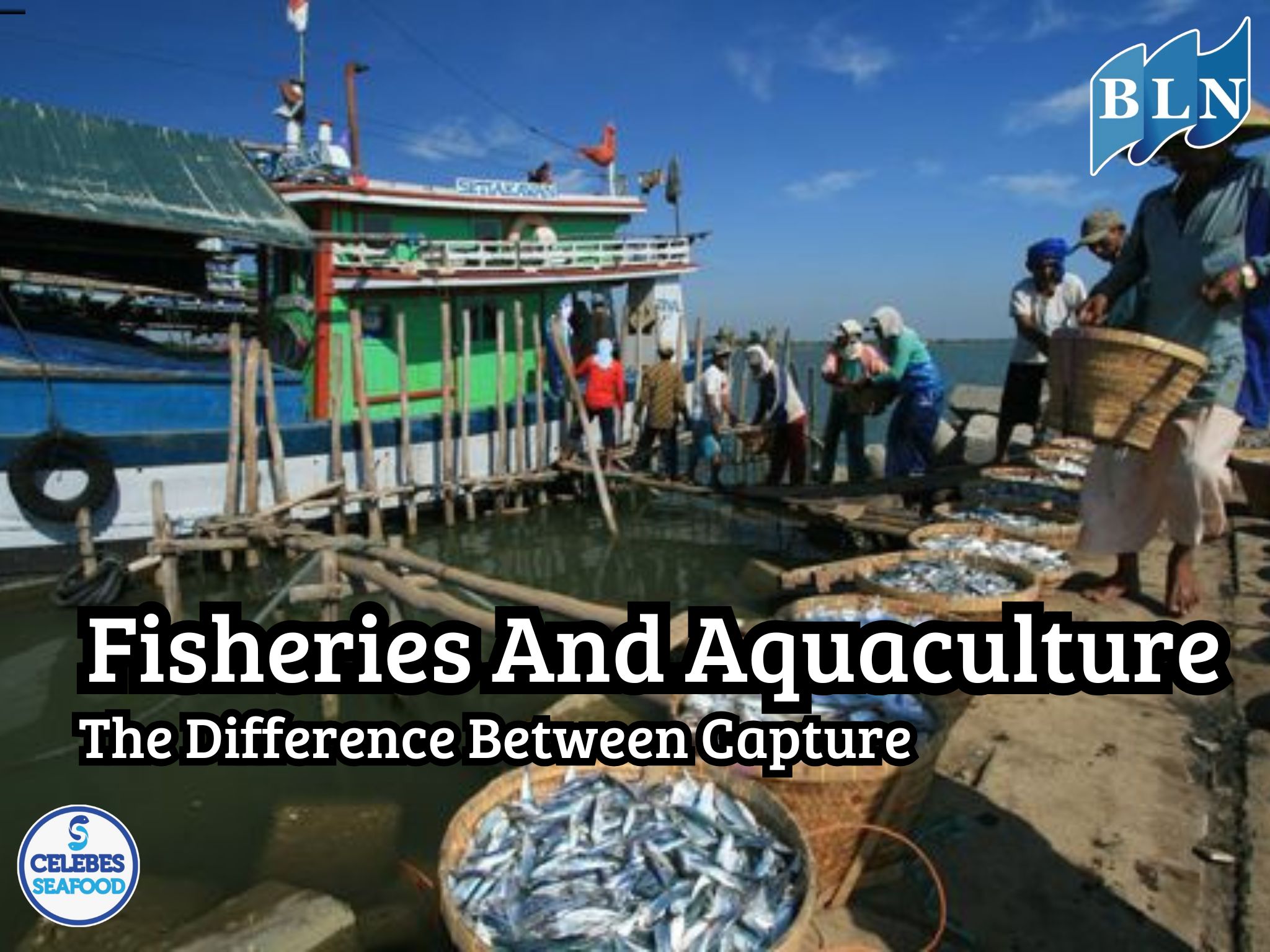
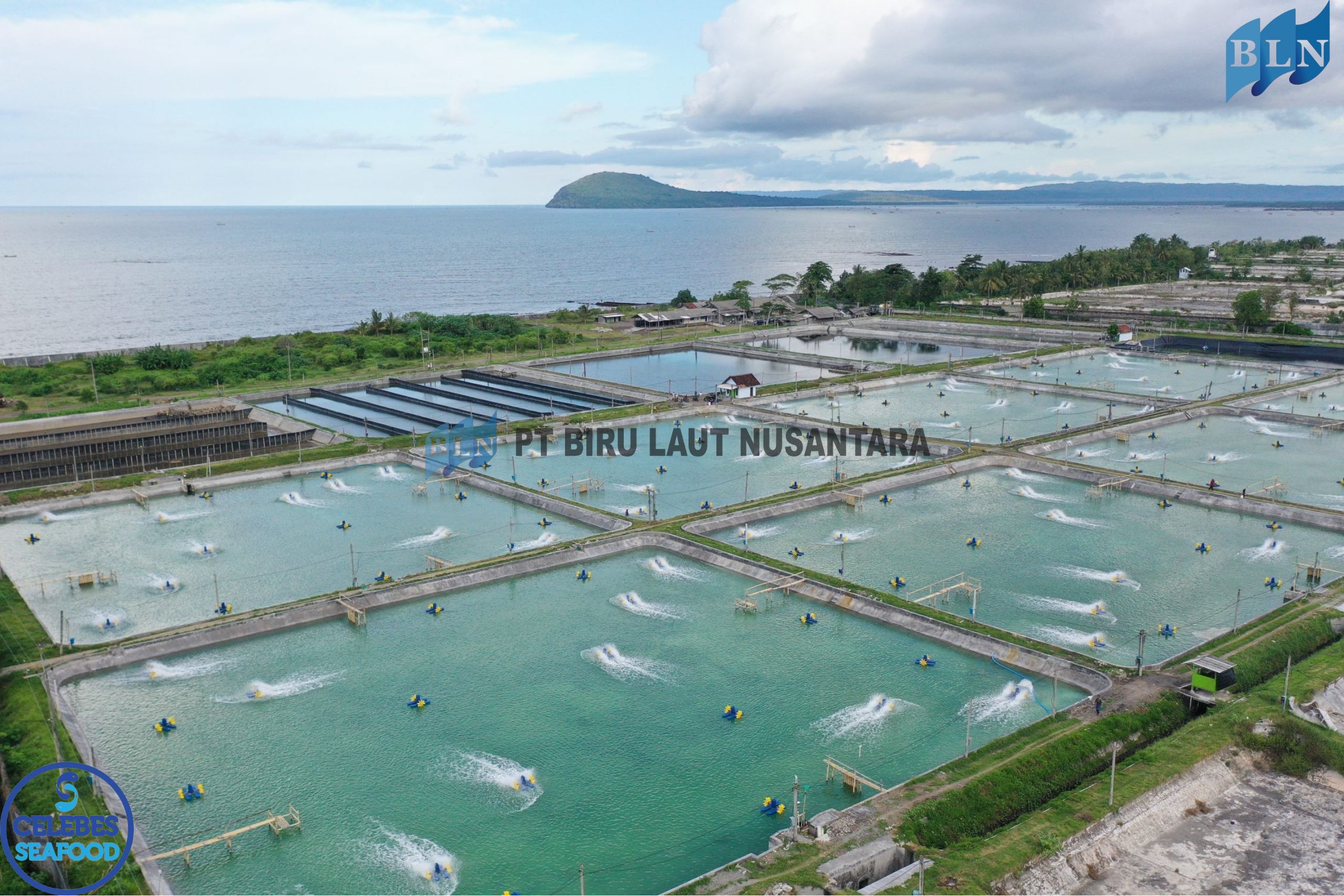
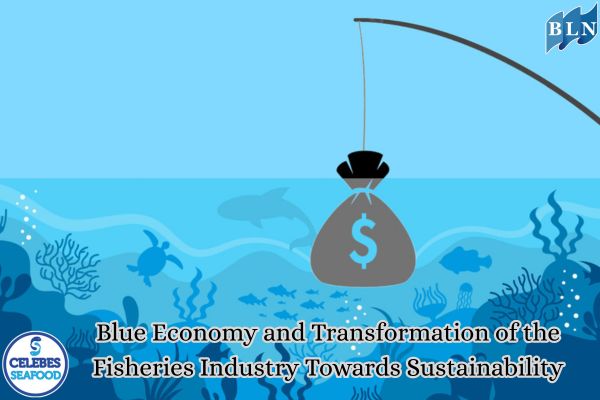
.jpg)

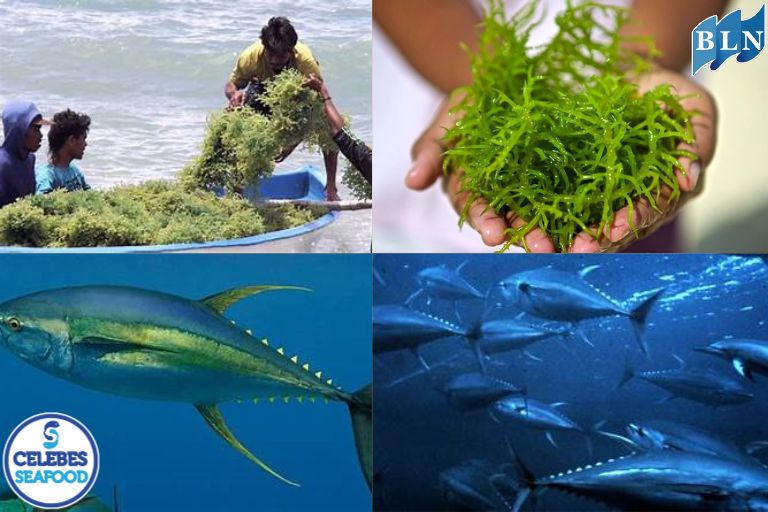
.jpg)
